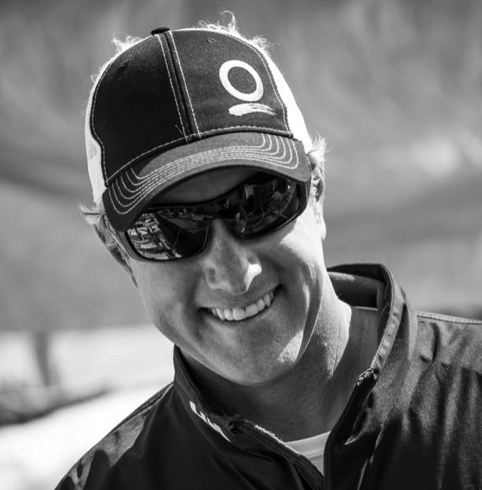Starting technique tips for sailboat racing.
On his Sailfaster podcast, Pete Boland featured Annapolis sailor Scott Nixon, global offshore one design director at Quantum Sails. Here’s an extract:
What’s your recommended pre-start routine?
Ping your start line ends with a ProStart or similar. Know your laylines for committee boat and pin, especially if you’re starting near to either (don’t risk barging). Don’t go faster than four knots when pinging because GPS is accurate but not that accurate! Do a couple of practice starts, for two big reasons: it’s a check on the accuracy of your pings—you can see if you’re off and need to re-ping. Secondly, it will help you plan to hit the line at speed. For example, on Wednesday night races in Annapolis you have that aggressive group of J/105s that always ends up close to the line, slow, with boats over early. When you watch the drone footage, you’re like ‘you guys are doing like three knots off the starting line when your target is five to eight upwind!’ This is where that pre-start practice of time and distance comes into play.

You’re a proponent of starting in the ‘less dense’ part of the line. With a square line is that usually in the middle?
Well, it depends. MarkSetBots are so accurate that lines are often perfectly square until the next wind shift. If it’s square, we start looking early for the less dense part of the line. You can start doing your pre-start loops: starboard tack loops 20-40 meters off the line and port tack loops further out, maybe 40-80 meters off the line. At 2:30 minutes you can see where the line is going to be more crowded. If you’re at the middle of the line and there are more boats to the right, the boat end is probably going to be more crowded than the pin end. That’s when you re-strategize and change your plan from starting at the boat to sliding down towards the pin for that less dense start.
Where you start on the line must also depend on your intended beat strategy?
Yeah. Say we’re sailing in Annapolis in a strong ebb tide and there’s a northeast blowing. You’ve done your homework—pinged the ends and determined the favored end. Even if the boat is favored by 10 degrees in those conditions, you probably want to start to leeward to go left, get out of the current, and stay off the channel. At three minutes you would start to identify where the fleet is going to be at the gun; if 80 percent of the boats are now to your left towards the pin end, you would probably need to slide up the line to a less dense area.
As far as timing goes, say you were going to start at the pin end and normally going to be doing a port approach; you need to be tacking for the line between 30-45 seconds to the gun. If you’re not doing that, it’s going to be hard to start probably three or four boatlengths from the pin end.
Listen to the podcast:
Find the full Sailfaster series.




